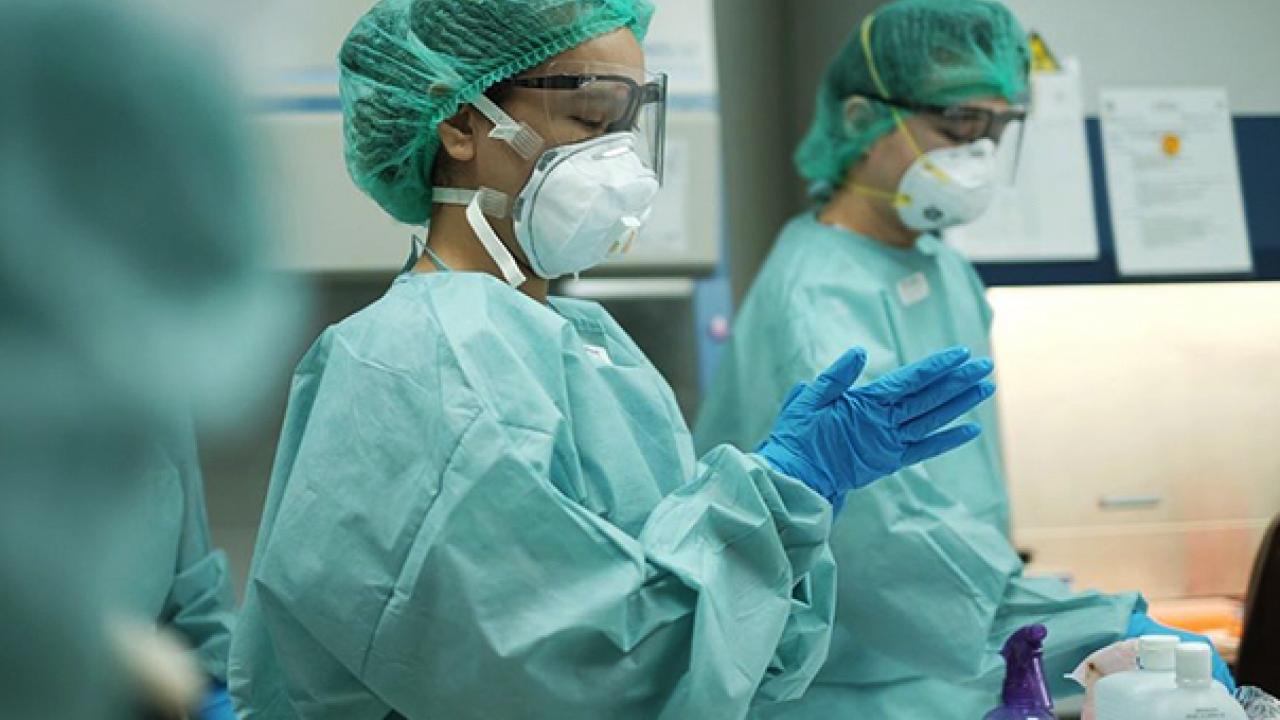
Survey of California Filipinos Finds Health and Education Resources Lacking
When UC Davis researchers began the process of collecting first-ever statewide health, wellness, demographics and other data on California Filipino populations a year ago, they had no idea that their survey would land in people’s homes during a shelter-in-place order resulting from an international pandemic.
But it worked out that way, and already the data is telling a powerful story, said Roy B. Taggueg, a doctoral student and principal researcher on the project conducted by the UC Davis Bulosan Center for Filipino Studies. Taggueg is a health policy research scholar supported by the Robert Wood Johnson Foundation.
The hundreds of Filipinos answering these surveys are telling researchers that 40% of homes have a health care worker living there. And more than 95% of the survey respondents said they had not been tested for the coronavirus yet. Nationwide, it has been reported that Filipinos are overrepresented among health care workers, and the California data show similar trends, researchers said.

About 33% of the educators who completed the survey report that their schools do not provide them with adequate equipment and tools to give their students the same level of education through distance/virtual learning as in live teaching.
“We’ve always known that Filipinos are underrepresented in studies and aggregated data (from all Asians),” Taggueg said, even though Filipinos make up about 1.7 million of the statewide population. “We want to gather the data on Filipinos, specifically, but we also want to tell the story of what is happening in our homes. We want to tell our story.”
800 responses in a few weeks
At 100 questions, the survey is much more thorough and perhaps daunting than the U.S. Census being filled out this year by U.S. residents nationwide. But in only 10 weeks, working with more than 100 community partners throughout the state, the center has collected 800 responses. The survey asks questions about physical and mental health, insurance, educational opportunities, jobs, income, family, and community resources. All of the information forms the building blocks of the first quantitative database of its kind, done with seed funding from a state grant awarded the center upon its founding in 2018. The center is named for Carlos Bulosan, a Filipino American migrant worker, labor activist and writer.
“The center’s very existence is predicated on our deep embeddedness in and commitment to the broader Filipinx community, and it is what accounts for the great success we’ve had in securing respondents to the survey.”— Robyn Magalit Rodriguez
The center, which began its work with only its director, Robyn Magalit Rodriguez, professor and chair of the Department of Asian American Studies, five graduate students and a community member, is not doing the work alone. Questions were developed with the help of community organizations, including Filipino migrant organizations, working on the ground in Filipino communities. These organizations are also helping get the word out and encouraging people to fill out the survey.
“The center’s very existence is predicated on our deep embeddedness in and commitment to the broader Filipinx community, and it is what accounts for the great success we’ve had in securing respondents to the survey,” said Rodriguez. “I think our work is a testament to the power of an ethnic studies approach to community-engaged research.”
Collecting personal histories
The researchers have augmented the survey with group discussions and personal histories collected by Taggueg, interns and community organizers. This been a little more challenging under shelter-in-place, with conversations taking place on Zoom rather than in person — not what was initially envisioned for the project. “They were supposed to sit down in groups and tell their stories in homes and community centers,” Taggueg said. But, he said, it’s working. They’ve collected about 50 stories so far.
The stories collected are part of a Filipino tradition of “talk stories,” or Kwentuhans in their native Tagalog language. They are conducted primarily in English, but sometimes a mixture of Tagalog and English, if necessary, Taggueg said.
Most survey respondents live in the Bay Area, but the researchers hope to get greater representation from other areas of the state going forward. Statistically, there are about 500,000 Filipinos in the Los Angeles region, 300,000 in the San Francisco Bay Area, and 75,000 in greater Sacramento. The surveys will continue to be collected throughout the summer, and by fall, the project will have compiled its first round of data collection for the center.
Taggueg said the data they are collecting is illuminating, but not surprising. It is confirming what many already know. “Filipinos are on the front lines. That’s exactly why we are doing this work. It’s for our people in our community.”
The project was made possible with $1 million in state funding given the center last year that was championed by Assemblyman Rob Bonta, D-Alameda.
— Karen Nikos-Rose, UC Davis News and Media Relations, for the campus News and Information site.
